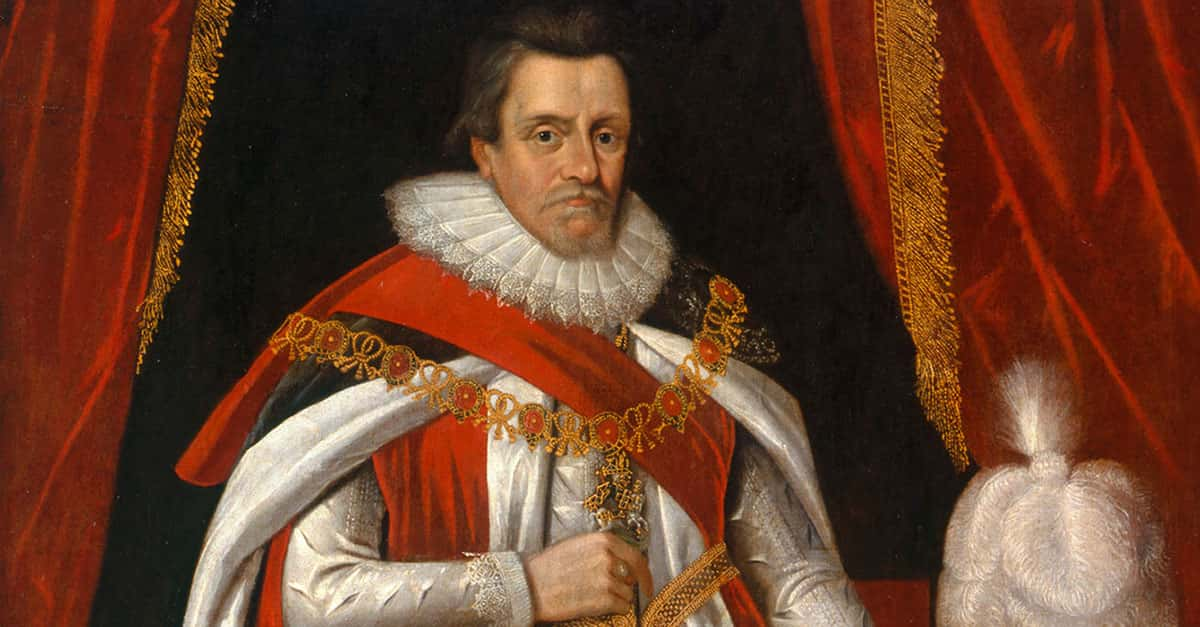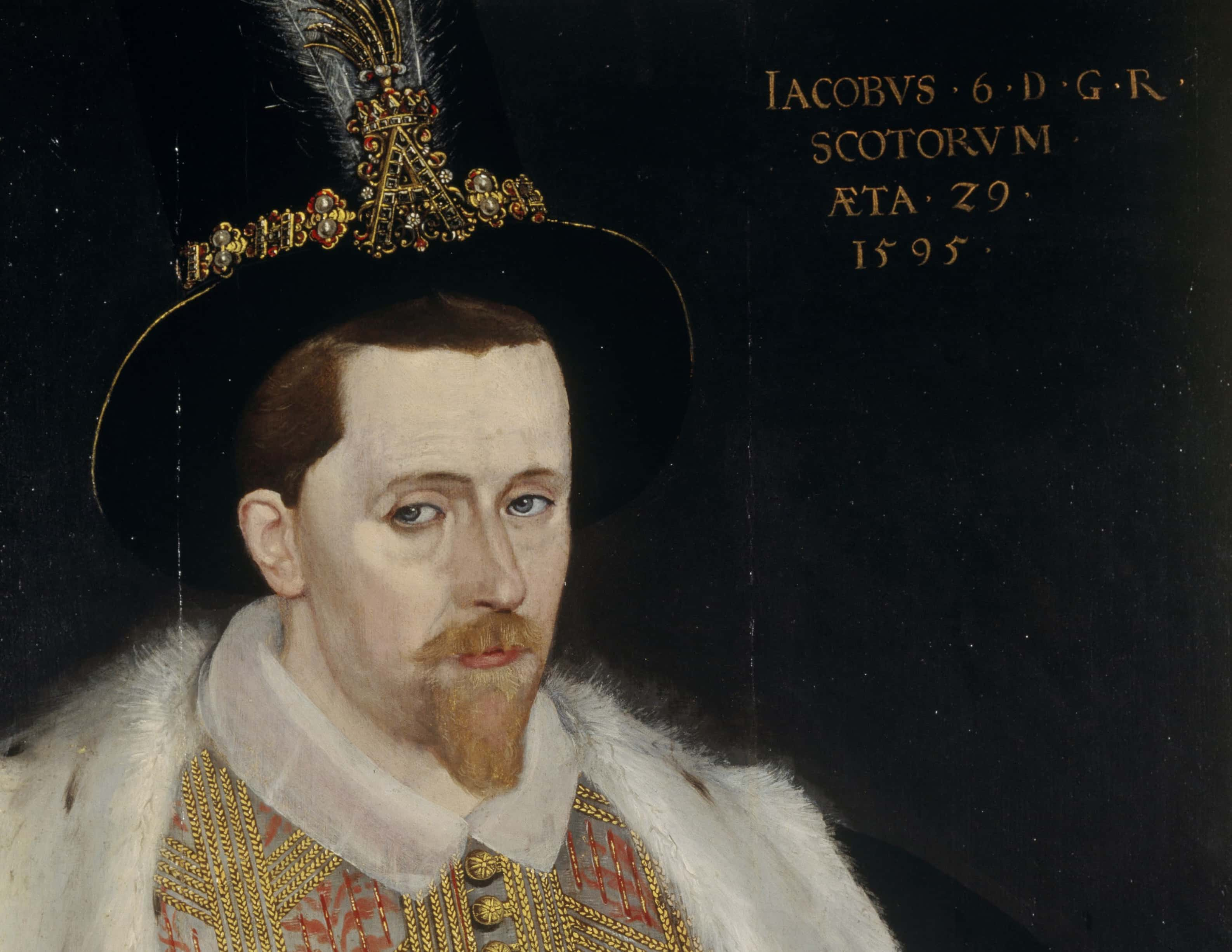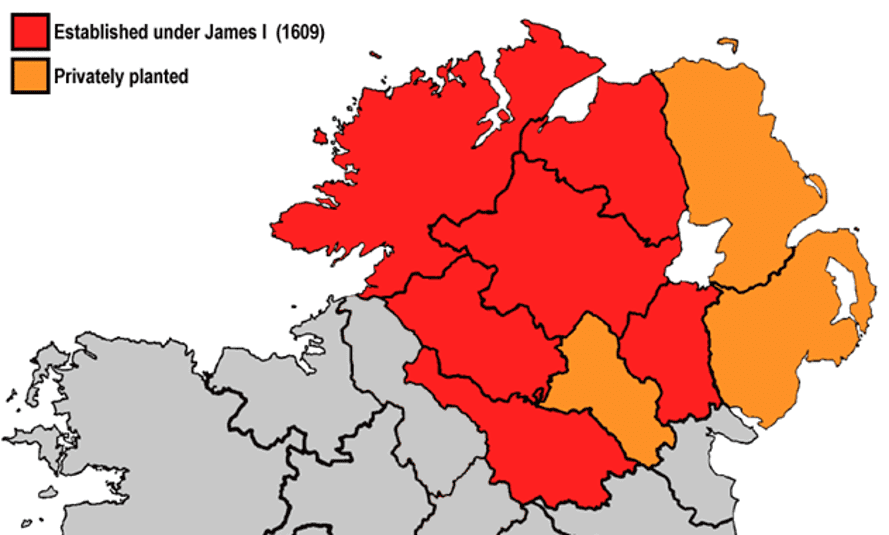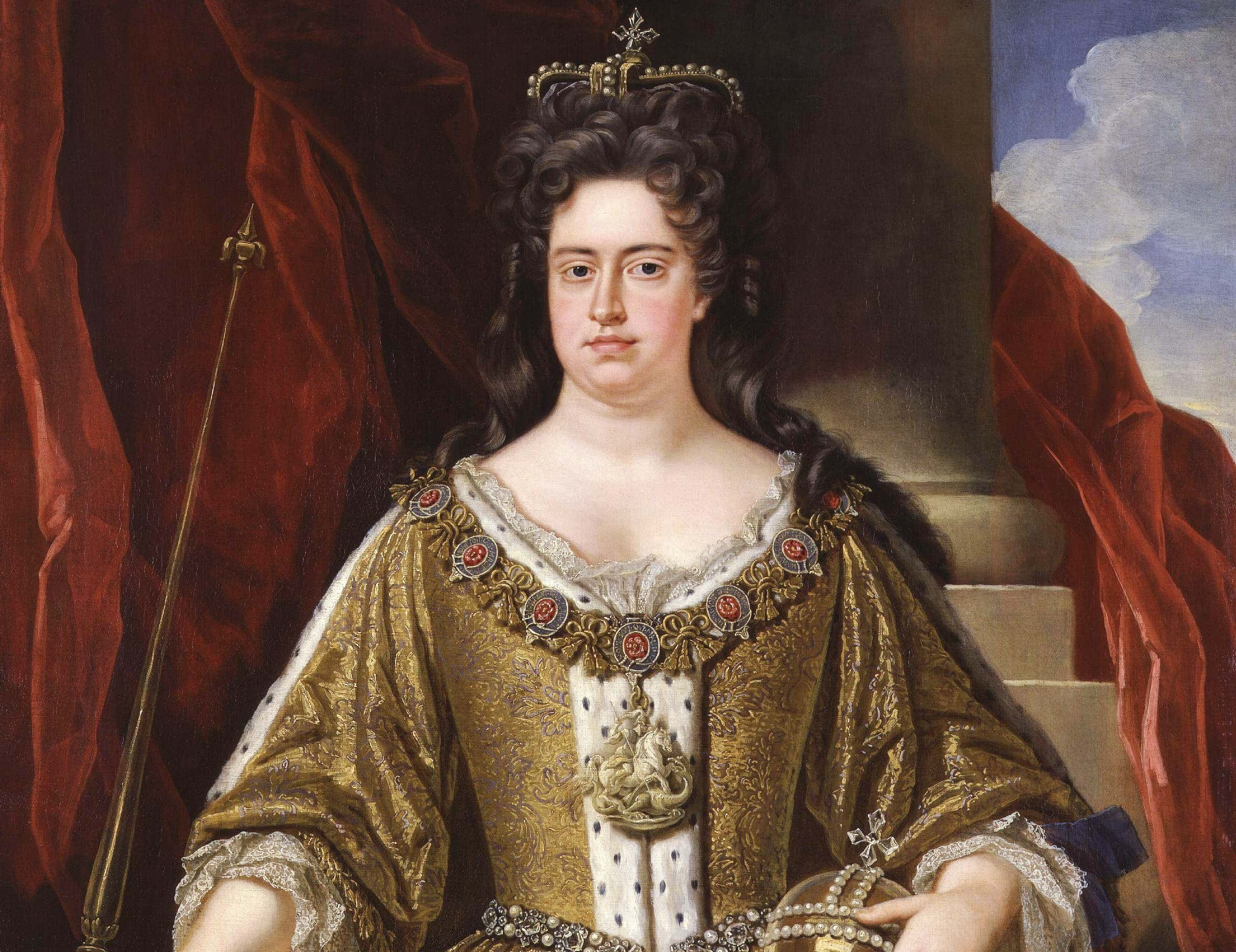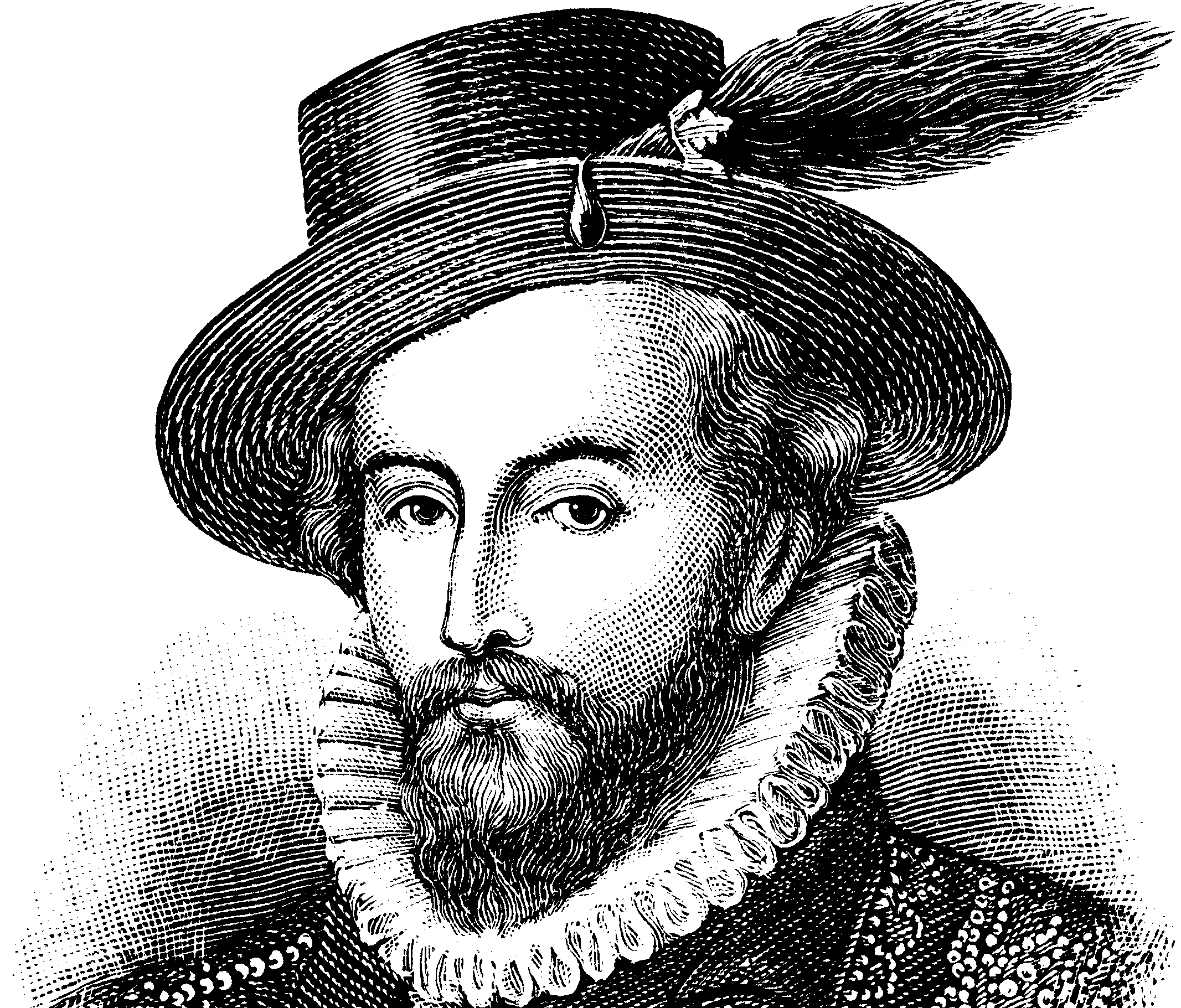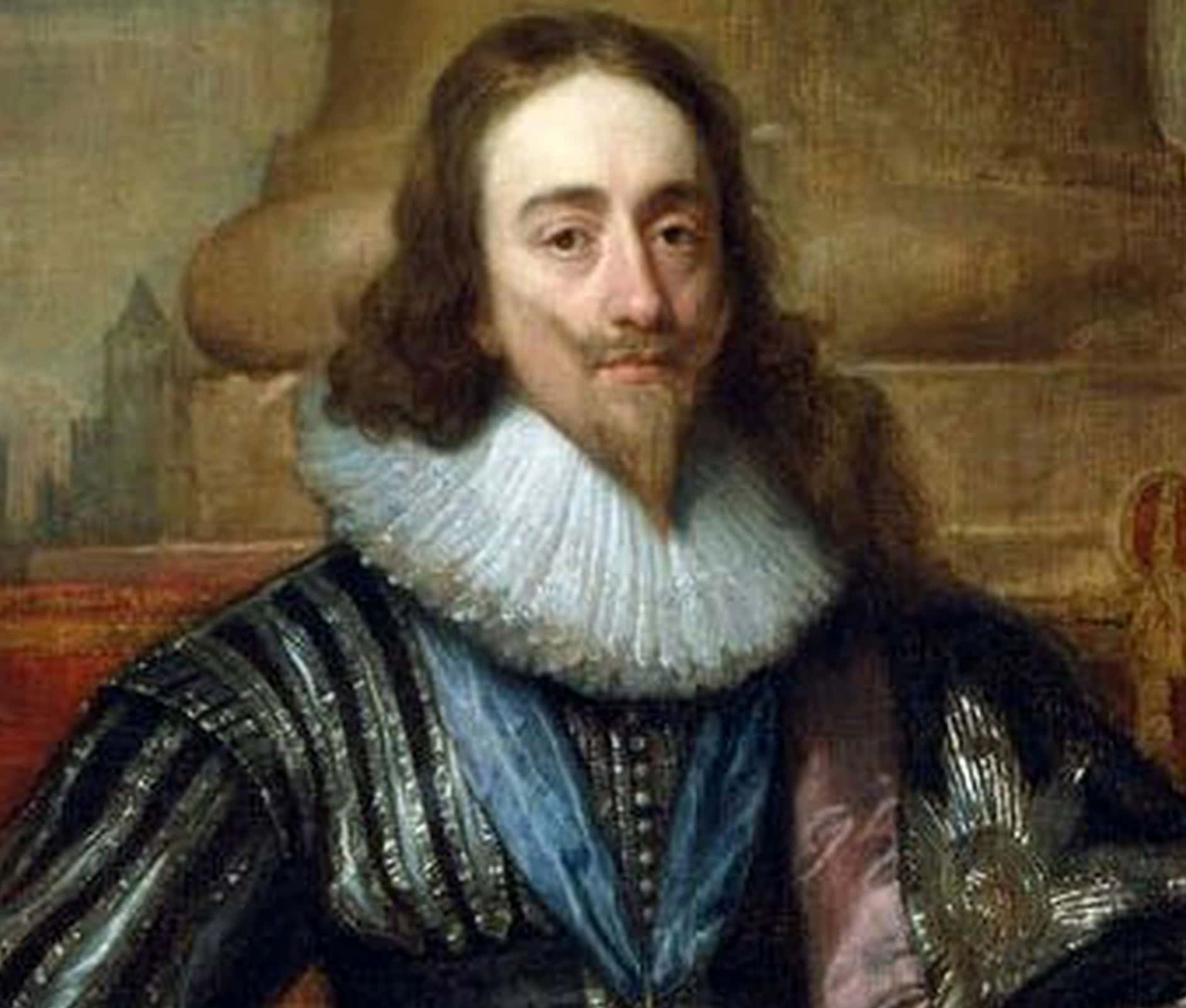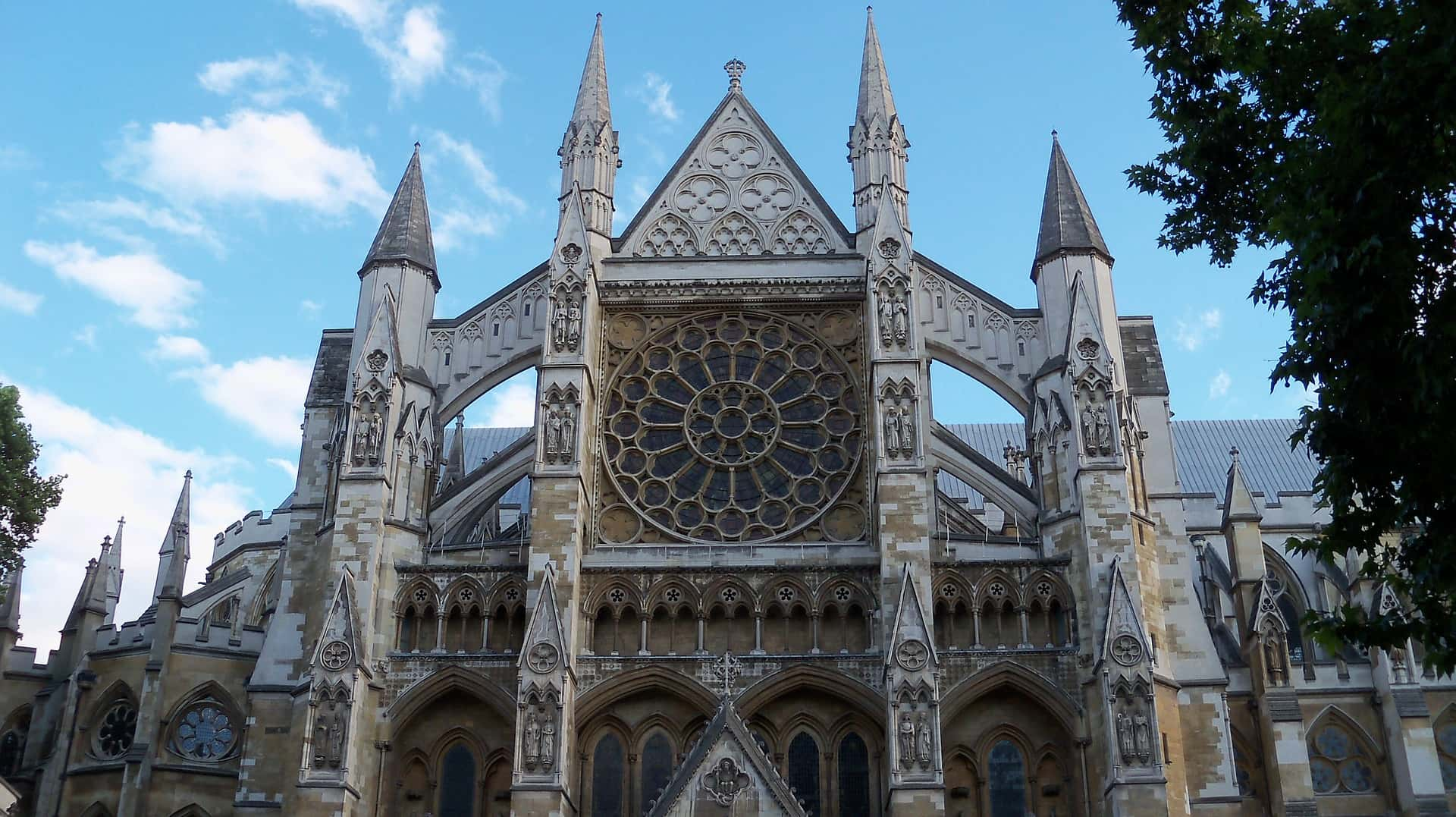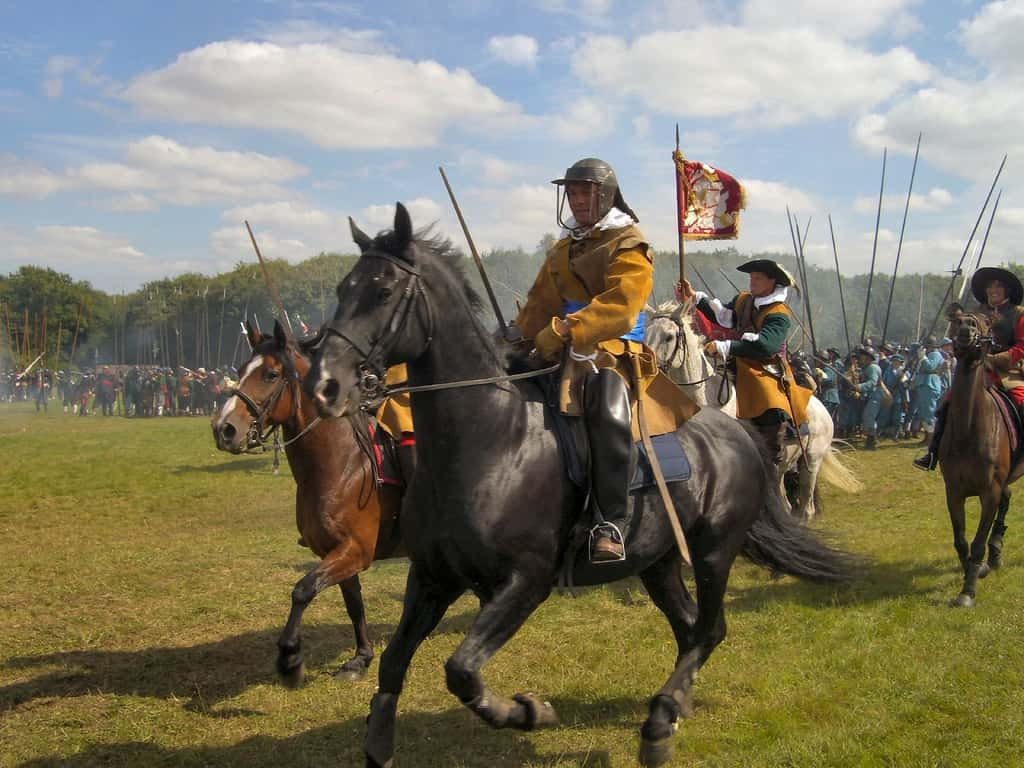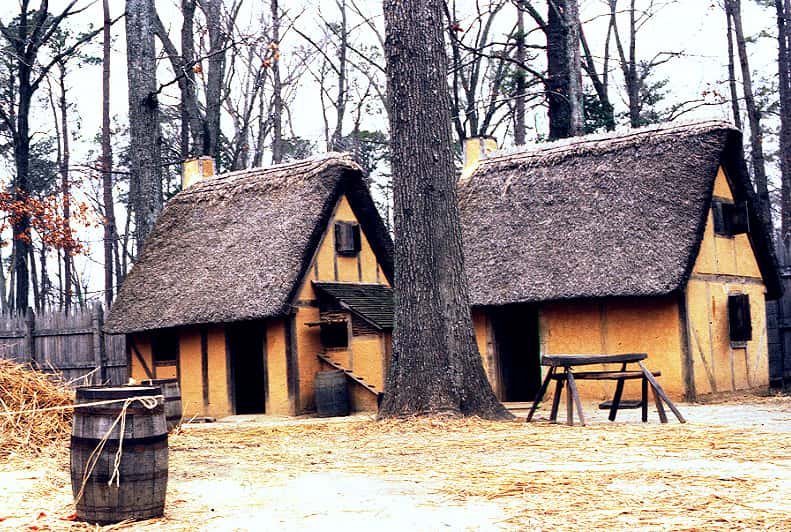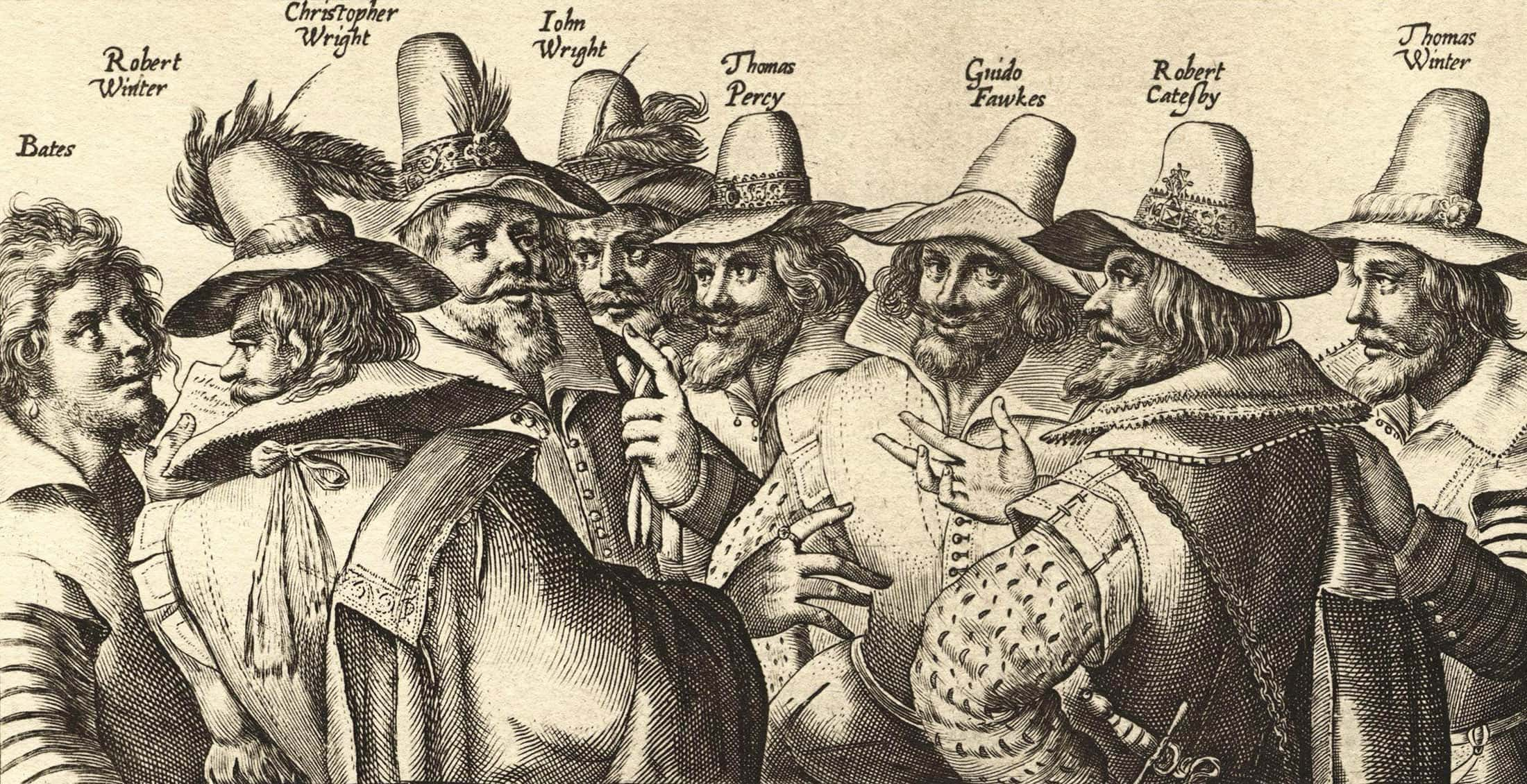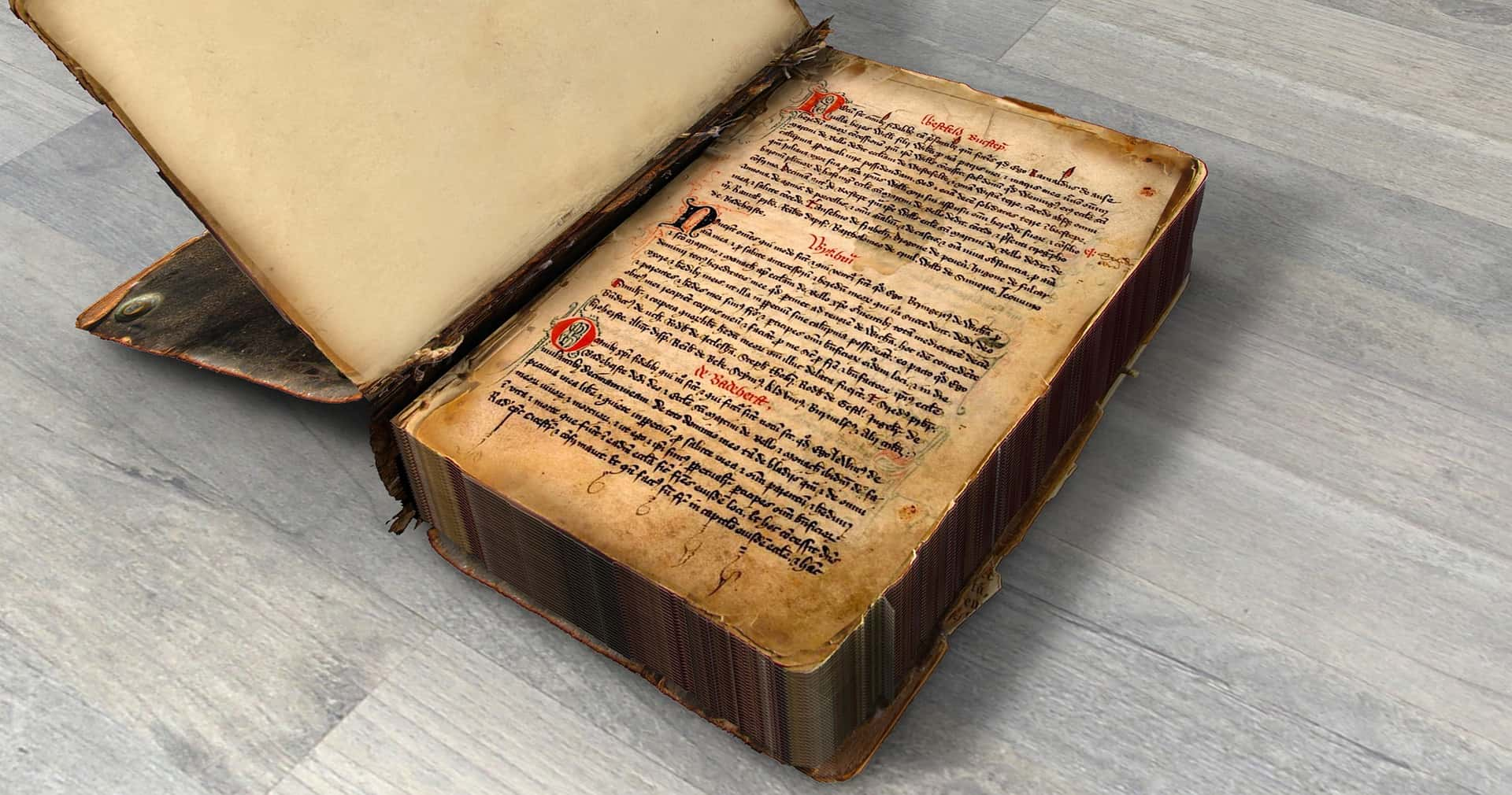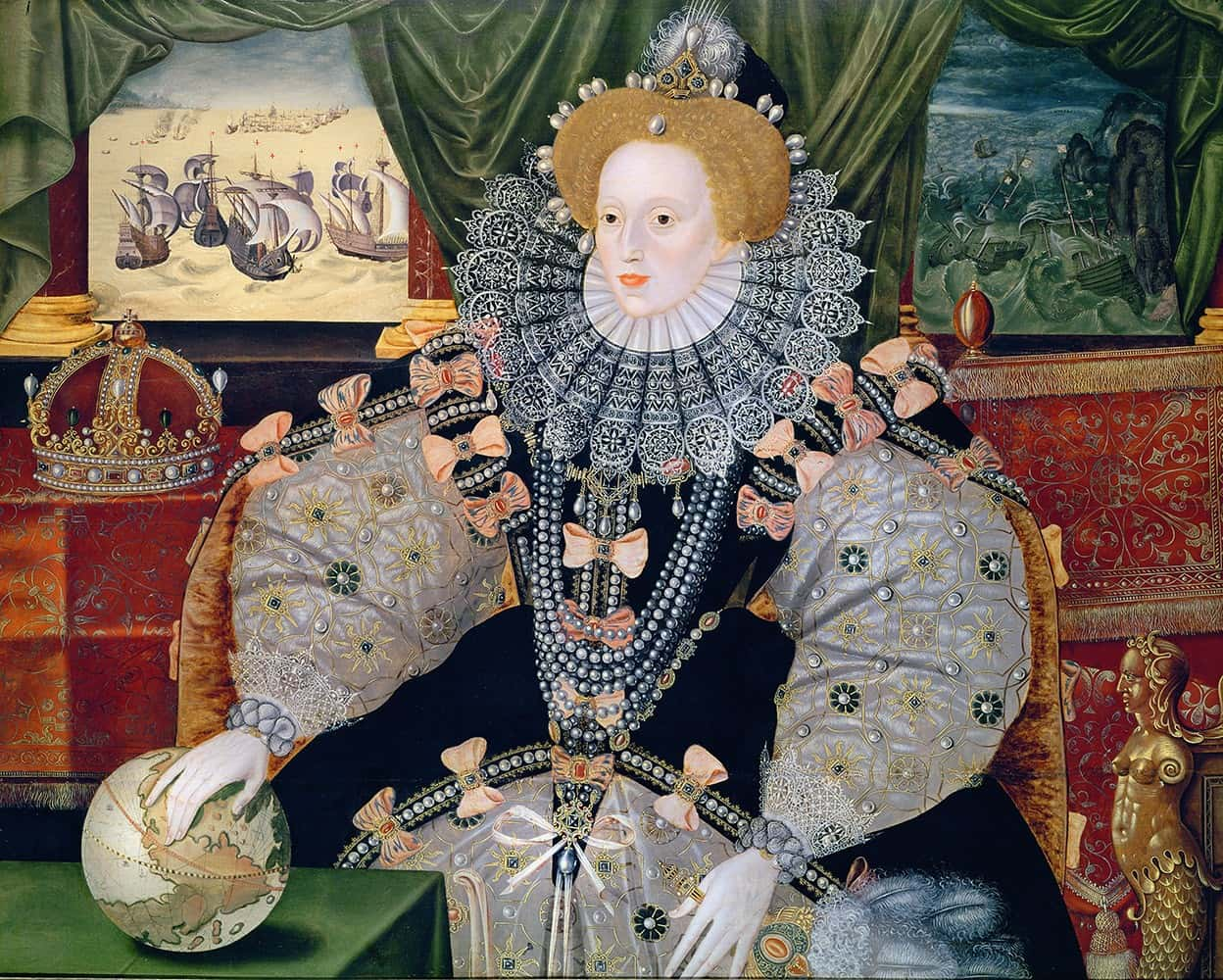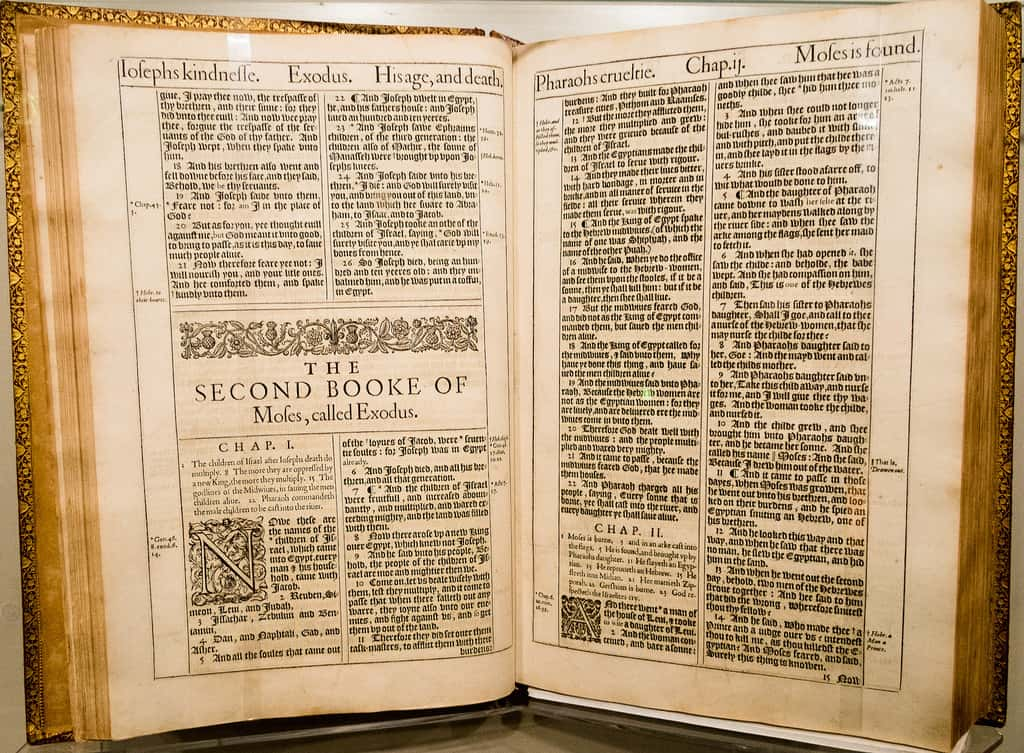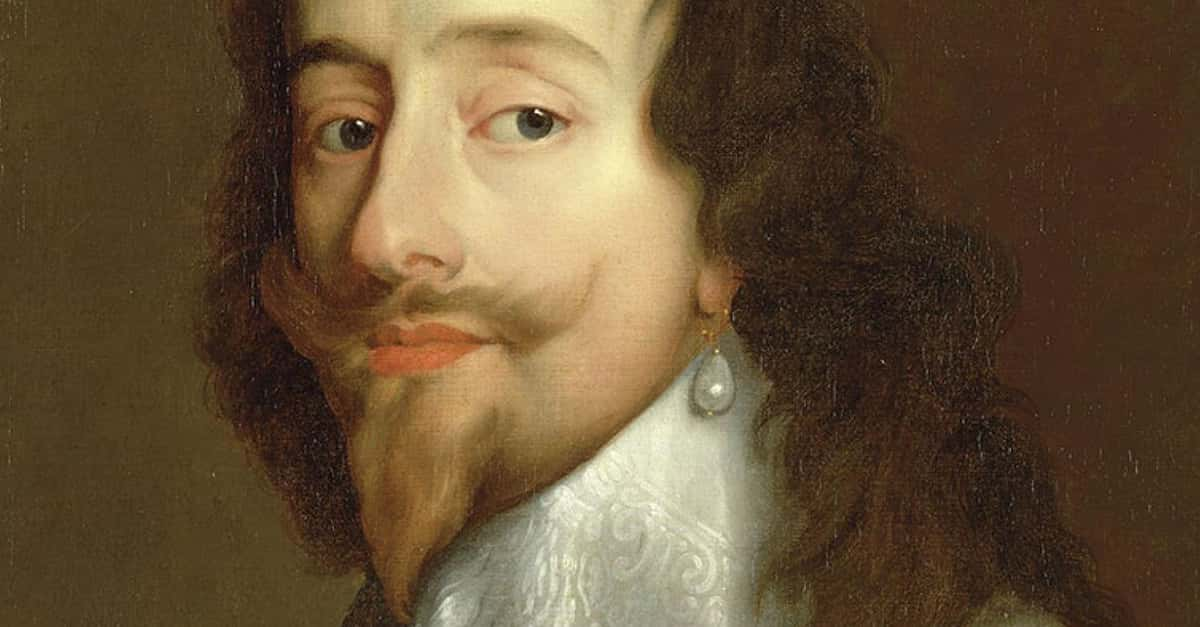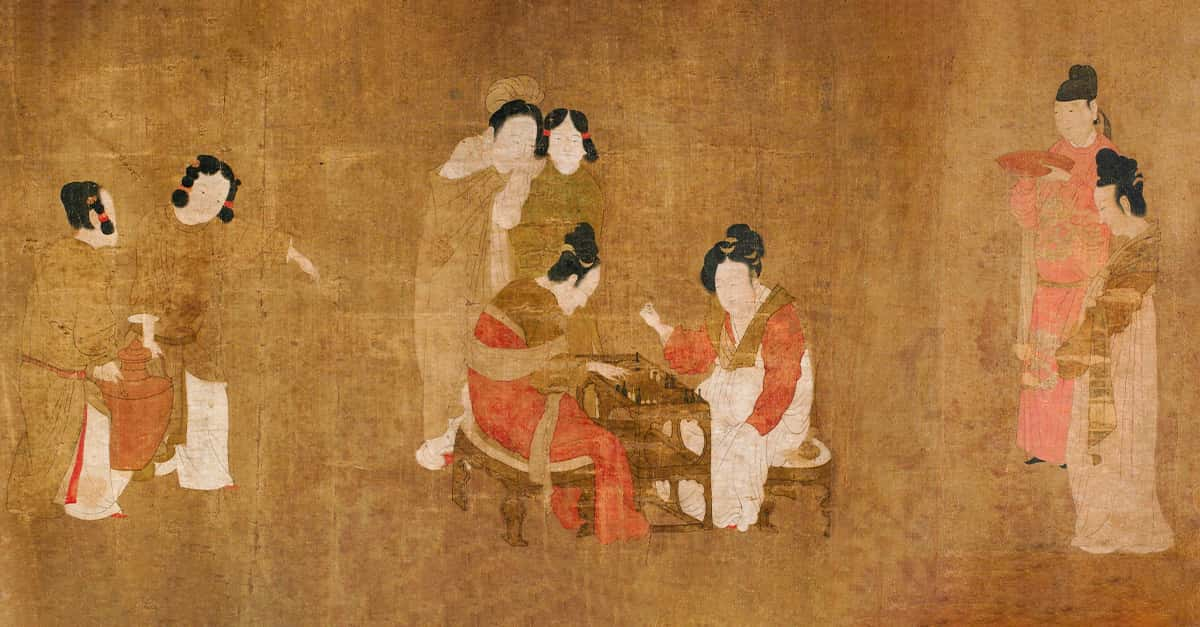First, there was Queen Elizabeth I of England, the Virgin Queen who saved her nation from the Spanish Armada. Then there was Charles I, the first European king who was executed by his own subjects. But in between these two very controversial and well-known monarchs, there was James Stuart, King of England, Scotland, and Ireland. Being stuck between such figures might cause King James to be overlooked, but that shouldn’t take away from his legacy as a monarch. But what was this legacy, you might ask? Read these facts and get a better idea.
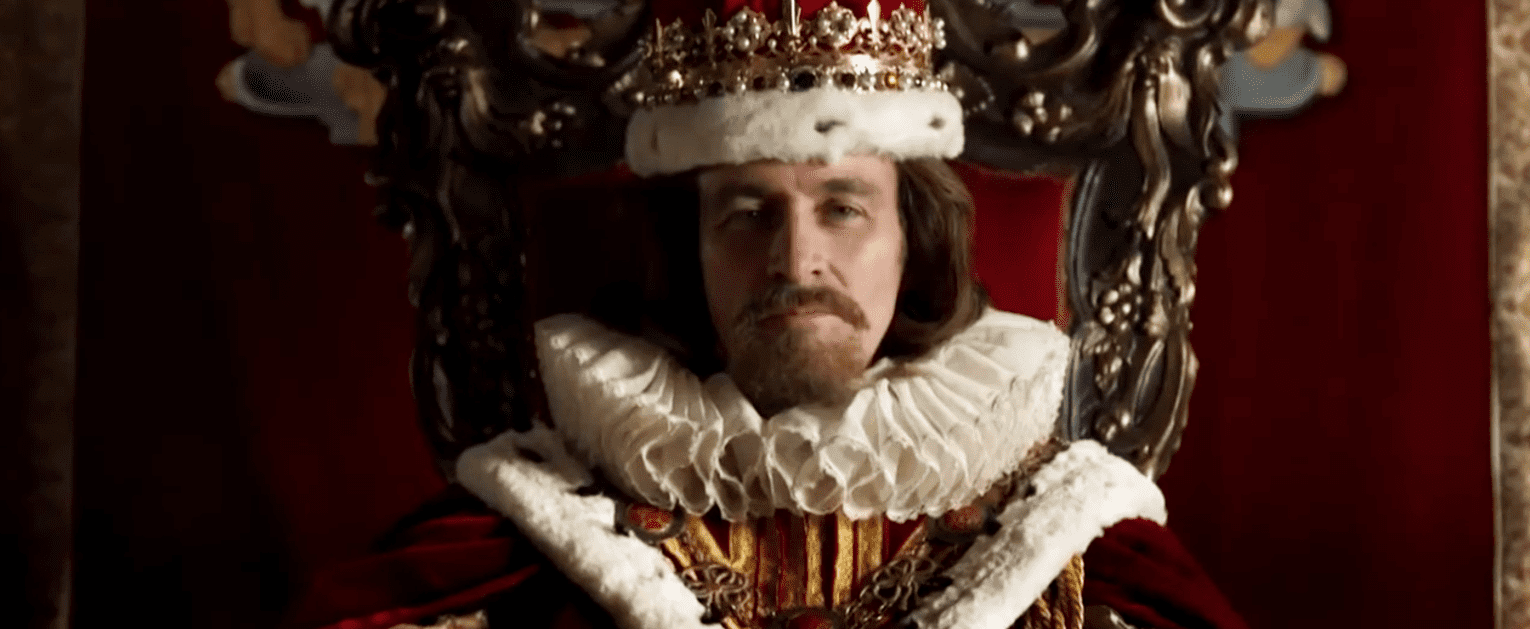 Gunpowder
Gunpowder
King James I Facts
43. Two Thrones
Before he was known as King James I of England, he was King James VI of Scotland. He had been ruling Scotland for thirty-seven years before he ever became King of England.
42. The Beginning
James was born in Edinburgh Castle on the 19th of June, 1566. His parents were Henry Stuart and Mary, Queen Elizabeth's cousin who became known to history as Mary, Queen of Scots.
 Reign
Reign
41. Royal Cousins
Both of King James’ parents were descended from King Henry VII of England. This would later play a significant role in James being named Queen Elizabeth’s heir, since Elizabeth was Henry VII’s granddaughter.
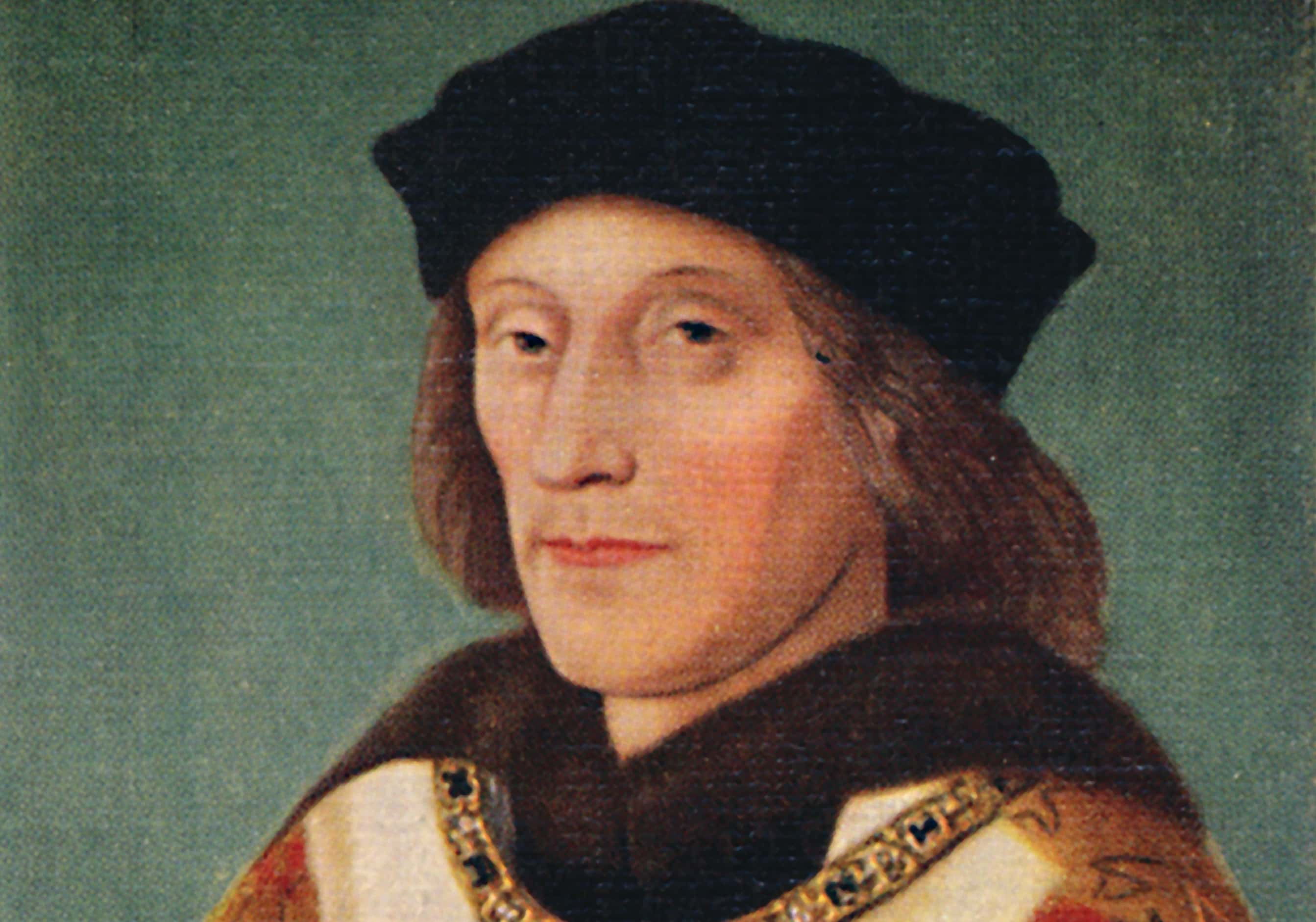
40. The Start of the Troubles
In an effort to bring the Irish to heel, King James played a role in the Plantation of Ulster. Ireland’s most northern province was staunchly Catholic and Gaelic-speaking, so it was colonized by Protestant English and Presbyterian Scots. While the plantation only got its early start during King James’ lifetime, it had far-reaching consequences, perhaps more than anything else in King James’ legacy. The issue of Northern Ireland, being so divided in culture and background, would be a blight on millions of lives over the centuries of conflict.
39. Orphan King
James first became King of Scotland on July 29, 1567, at the tender age of thirteen months. By that point, he’d lost both his parents. His father had been murdered on the 10th of February that year, and his mother had been forced to abdicate her throne and was imprisoned in England. Though she escaped, she never saw James again before her eventual execution.
 Reign
Reign
38. No Smoking!
One way in which King James was ahead of his time was his staunch opposition to tobacco smoking. He even wrote a treatise called "A Counterblaste to Tobacco,” in which he decried the negative or distasteful side effects of smoking. Among other things, King James declared that smoking was “loathsome to the eye, hatefull to the Nose, harmefull to the braine, dangerous to the Lungs.” We can only imagine the TV ads that he would have produced had he been around in our time.
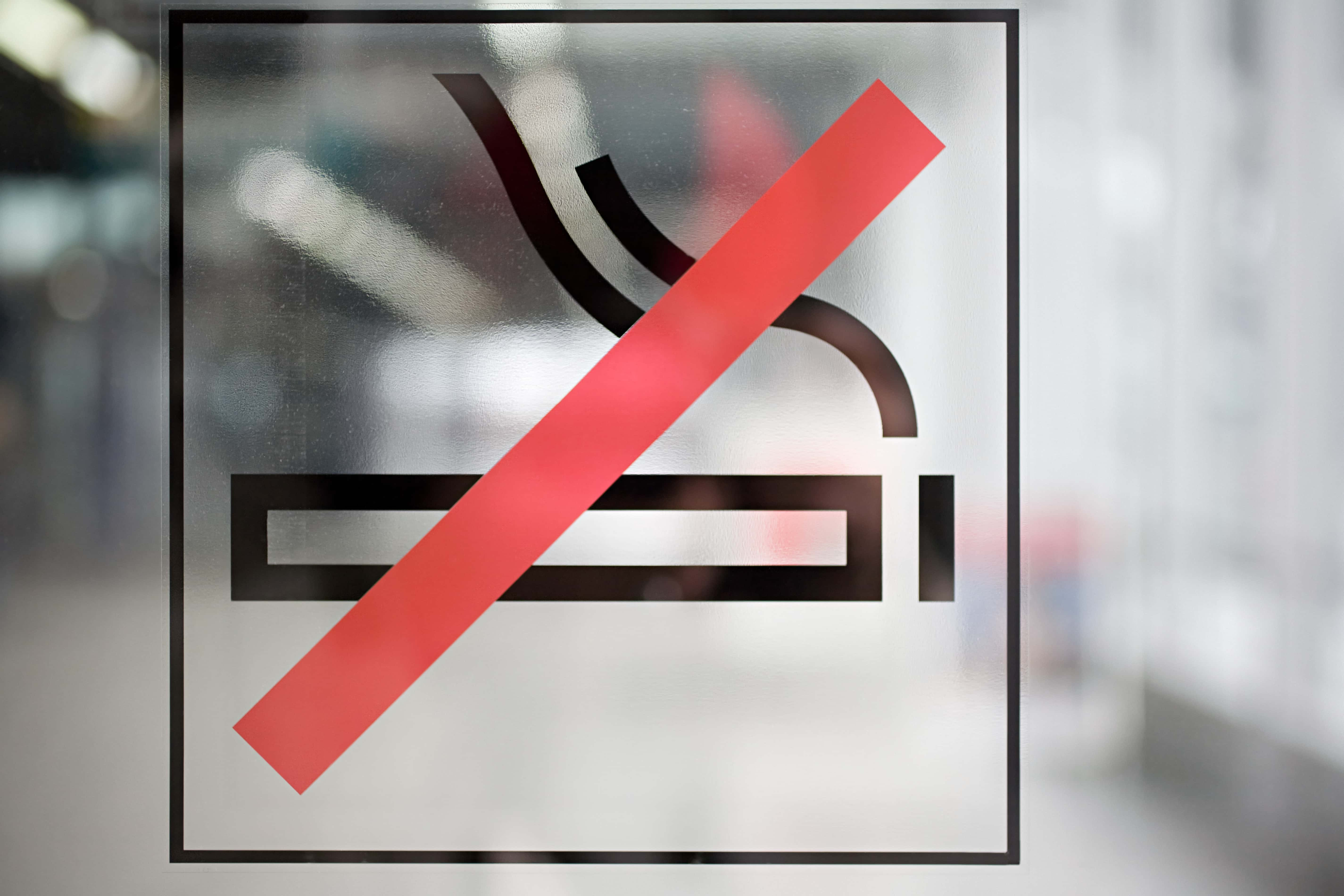
37. We’re Still Cool, Right?
Just a year before Mary’s execution, King James and Elizabeth I signed the Treaty of Berwick. This treaty ensured that England and Scotland would help each other if either one was under attack. Both monarchs had ulterior motives; James would be the heir to the English throne, and Elizabeth had Mary in custody and her execution would threaten the peace between England and Scotland. Of course, Elizabeth’s role in Mary’s execution is still debated, but there’s no denying how awkward James and Elizabeth’s subsequent meetings must have been.

36. Smooth Sailing Please
During the last few years of Elizabeth’s reign, King James was in secret communication with several key political figures in Elizabeth’s court. The aim was to make the transition as smooth as possible. Given the bloody history of Tudor succession, and the fact that a Scottish king would be starting a whole new dynasty, it’s no surprise that everyone was so paranoid about the succession. When Elizabeth finally died on the 24th of March 1603, James was “proclaimed king in London later that same day.” We at least hope that they gave Elizabeth’s passing a moment of silence before making the announcement.
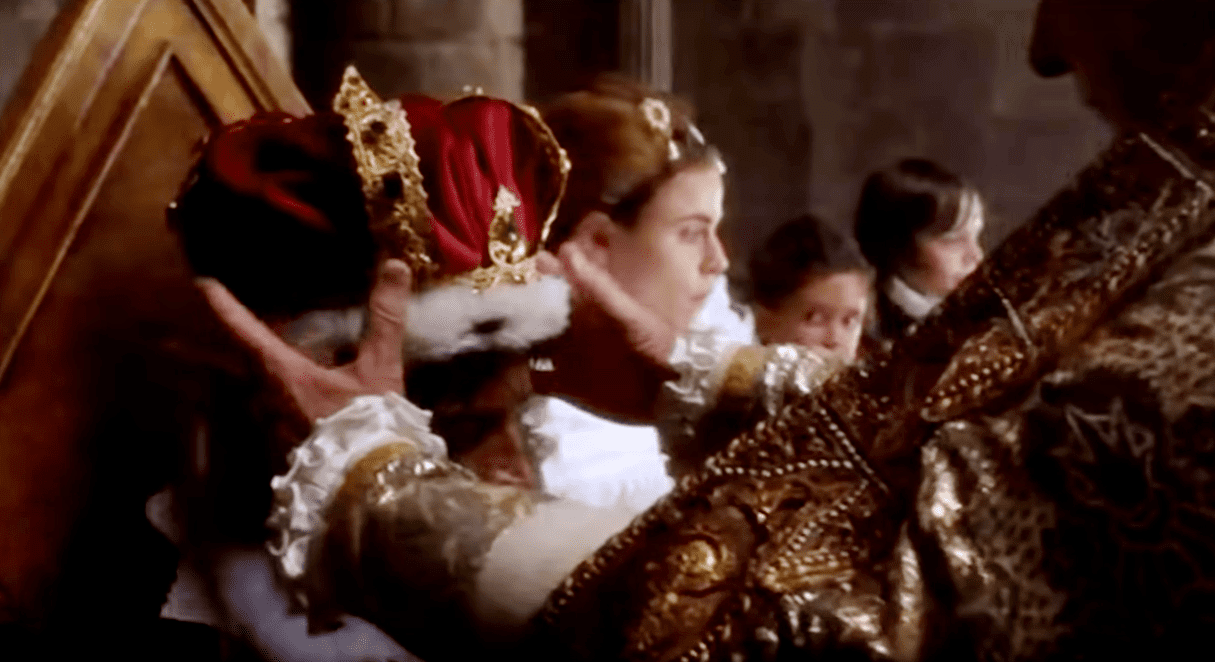 Gunpowder, Treason & Plot
Gunpowder, Treason & Plot
35. And Starring…
King James has been portrayed several times onscreen in the modern age. Among the actors to take on this historical figure as a character include Jeremy Irons, Robert Carlyle, James Clyde, and Alan Cumming.


History's most fascinating stories and darkest secrets, delivered to your inbox daily.
34. Long Live the King
King James ruled Scotland longer than any other ruler had done before him. His reign lasted nearly fifty-eight years. His reign over England and Ireland was considerably shorter, at around twenty-two years.

33. Aw…
In 1589, King James entered into a marriage with Anne of Denmark. In what was described as “the one romantic episode” in James’ life, he found out that storms had forced Anne to stop sailing to Scotland and become stranded in Norway. James then personally sailed to Norway and brought her to Scotland.
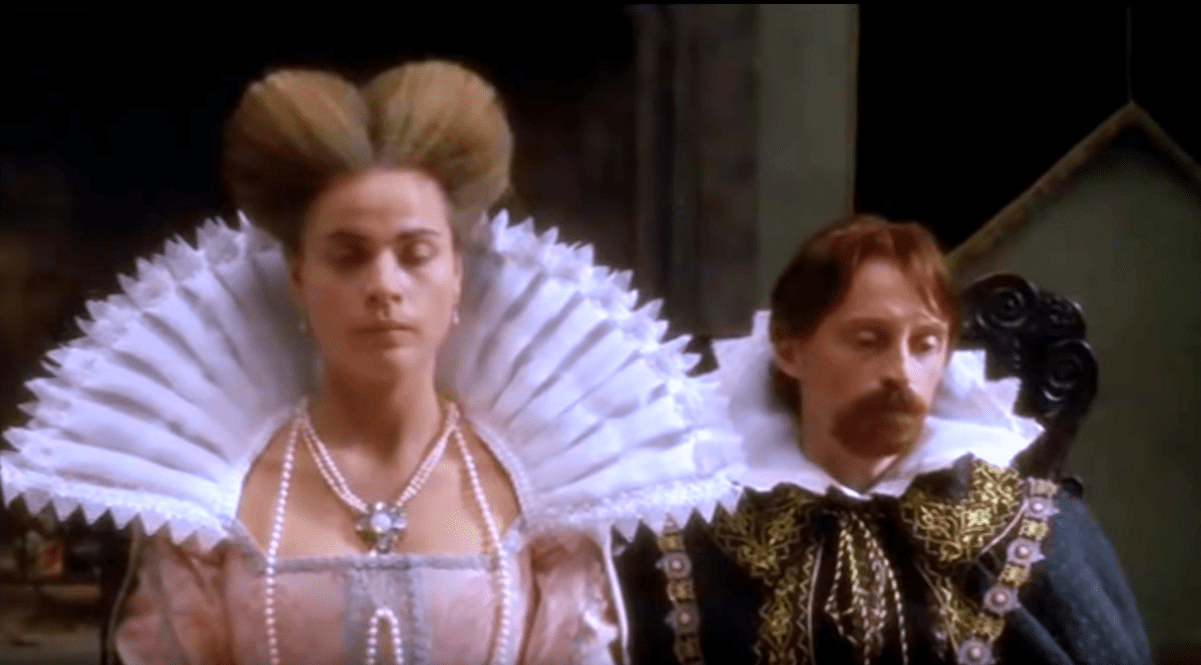 Gunpowder, Treason & Plot
Gunpowder, Treason & Plot
32. Hands of the King
Since King James was an infant when he became king, various regents ruled Scotland until he came of age. The men who served as regent were James Stewart, Matthew Stewart, John Erskine, and James Douglas. James would ultimately assume power at age 15, when most of us would still be figuring out which emojis to send our second crushes.
 Reign
Reign
James Stewart
31. Long May They Reign
King James’ dynasty, the House of Stuart, had ruled Scotland since 1371. After James, the dynasty continued until the death of Queen Anne in 1714.
30. Triple Crown Achievement Unlocked!
James was the first king in the history of Britain to not only be King of England, but also Scotland and Ireland (why does Wales keep getting left out of this, by the way?).
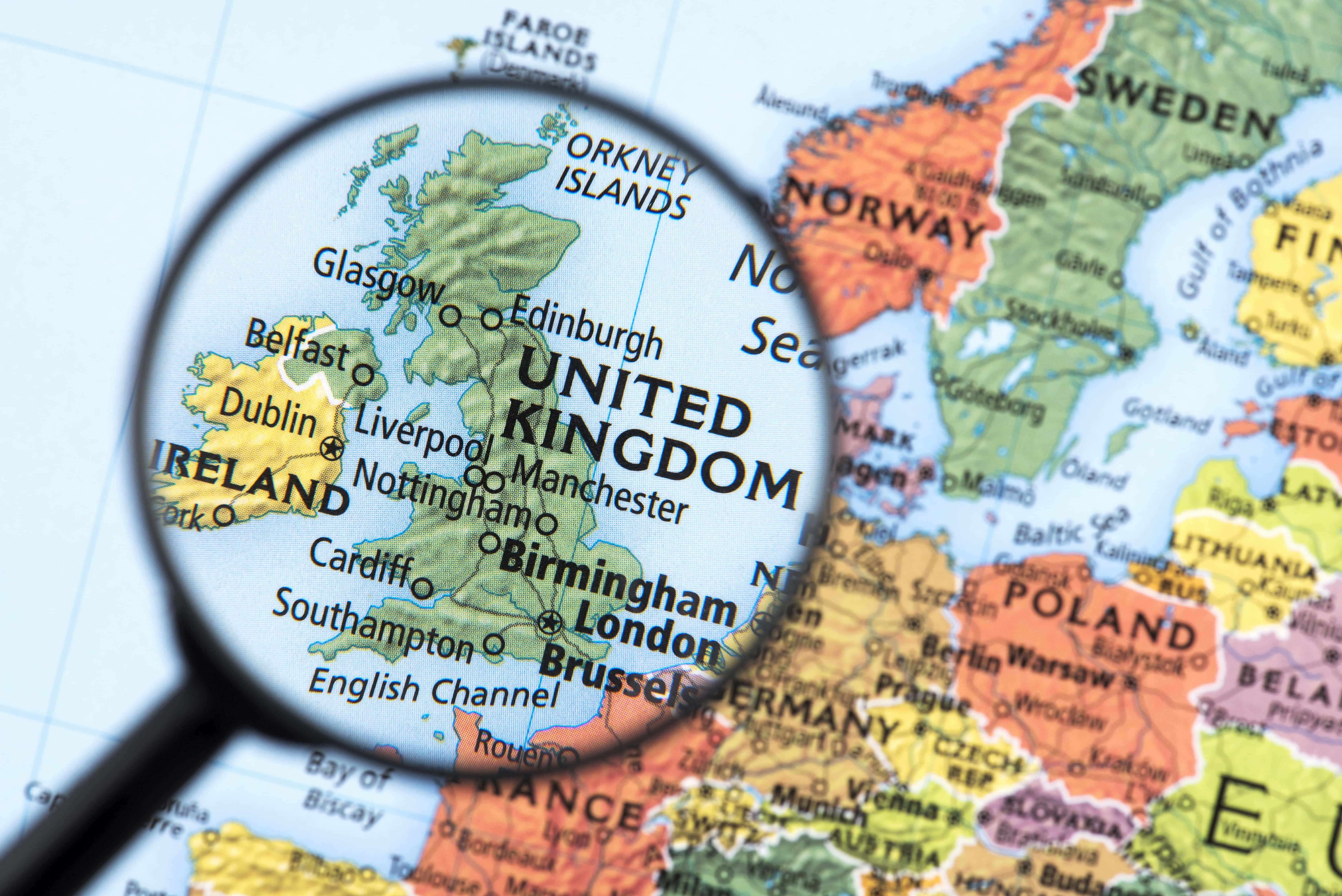
29. Patron and Performer of the Arts
James was raised to highly value literature and learning. As King of Scotland, particularly during the 1580s and 1590s, James became a patron of the arts to promote Scottish literature. He supported writers, poets, and musicians, while also dabbling in poetry and prose himself (more on that later).
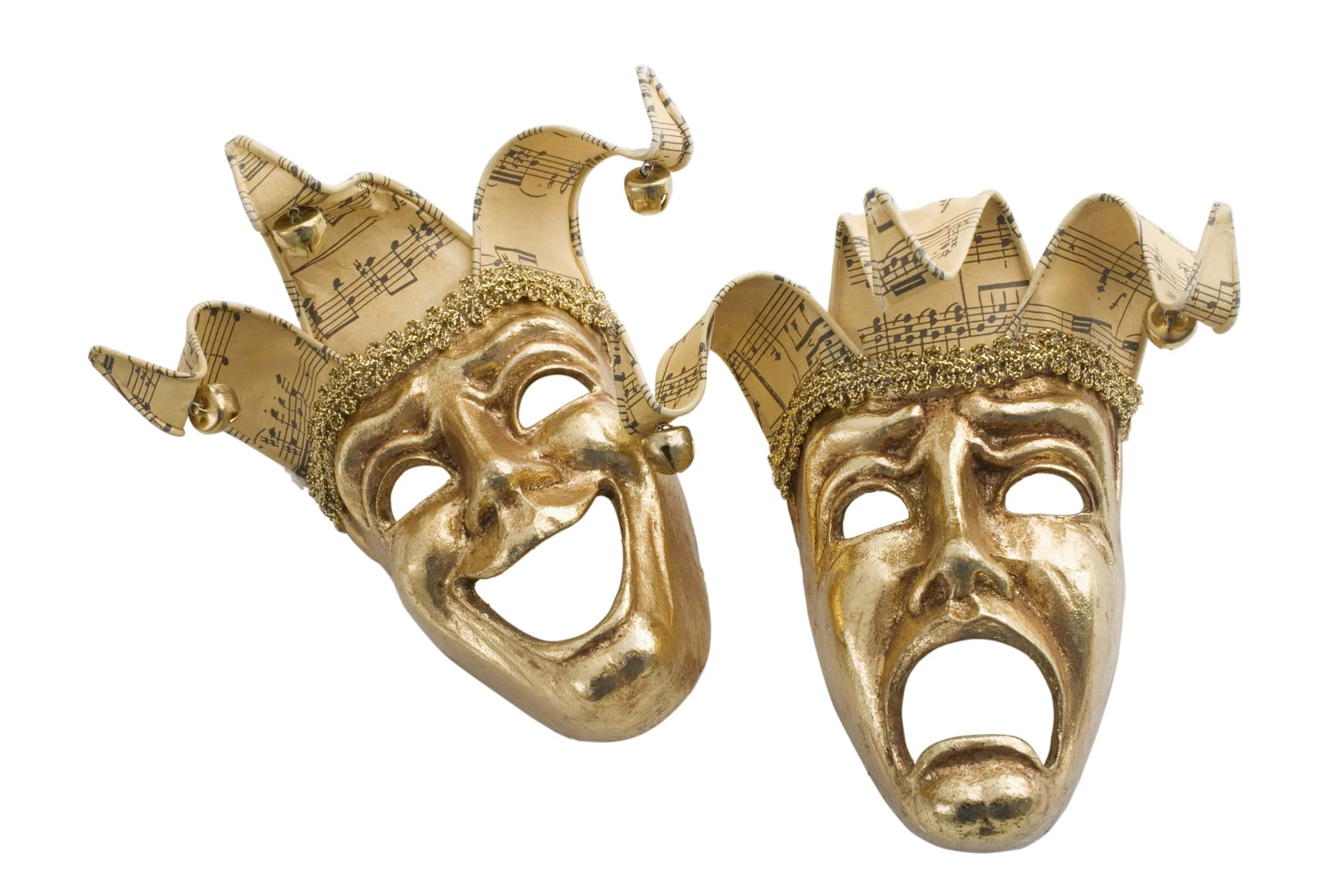
28. James and Spain
During England’s struggles with the Spanish Armada, James had maintained a supportive stance towards Queen Elizabeth. When he later became King of England, however, James didn’t inherit the bad blood with Spain. In fact, one of James’ biggest accomplishment was when he signed a peace treaty with the Spanish and brought the long war to an end.
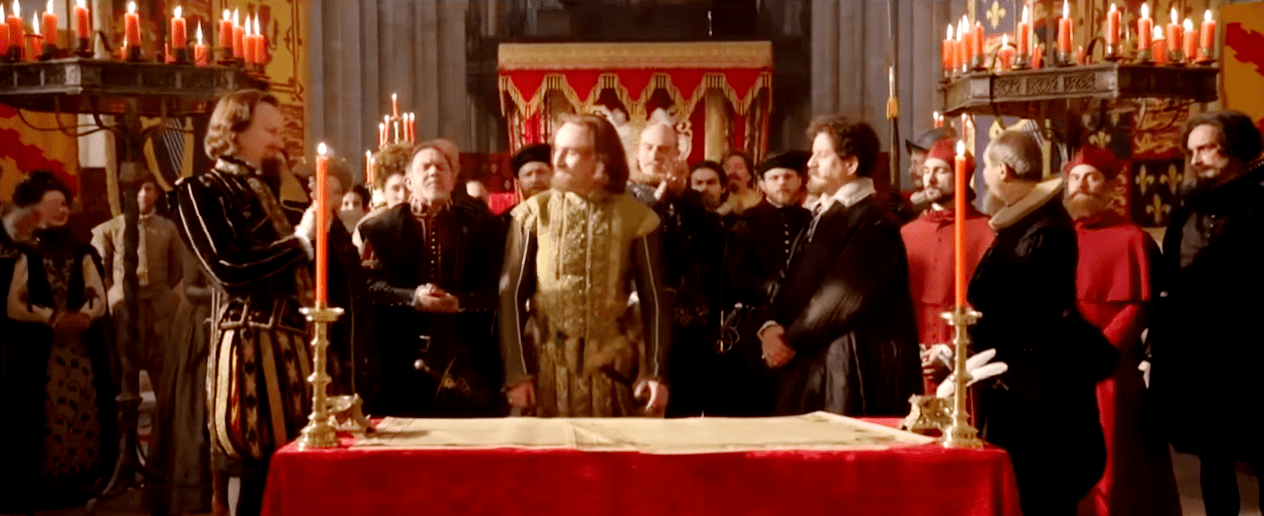 Gunpowder
Gunpowder
27. The Journey South
After Elizabeth’s death, James and his family embarked on their trip to London on the 5th of April 1603 from Edinburgh. Before he left, James publicly vowed to visit Scotland once every three years. However, he was amazed when he traveled south, noting how plentiful and rich England was. James would even write that he was “swapping a stony couch for a deep feather bed.” Safe to say that he didn’t keep that vow of his.
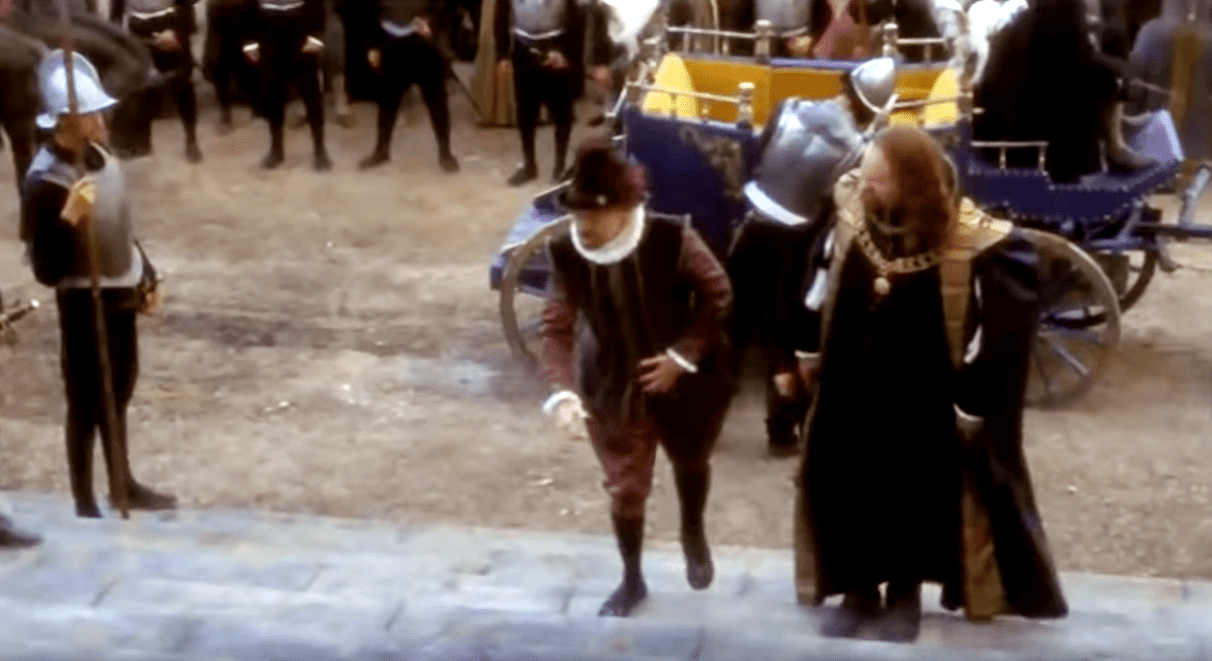 Gunpowder, Treason & Plot
Gunpowder, Treason & Plot
26. What’s the Opposite of Silver Lining?
Despite James’ astonishment at his new kingdom’s wealth, it wasn’t all good news. At this time, England was mired in debt thanks to the wars waged with Ireland and Spain. Heavy taxes also left the populace bitter and restless. Even when James was crowned King of England, the festivities were marred by a plague outbreak. You know what they say, when it rains it pours!

25. Looks Like Walter Broke Bad
While James’ accession to the throne of England was astonishingly peaceful and smooth, there were two conspiracies launched against the new king. The Main Plot and the Bye Plot, as they were called, were comprised of English nobles seeking to replace James and an assortment of Puritans and Catholics who wanted more tolerance for their respective faiths. Safe to say, the two plots failed, and the leaders—one of whom was Sir Walter Raleigh, one of Elizabeth's most trusted spies—were imprisoned and/or executed.
24. No Rose-Colored Glasses Here
Up until the 1950s, when historians began to look more fairly towards him, the fashionable view of James was highly negative. One of the men who first got the ball rolling on that front was Sir Anthony Weldon, whose dismissal from James’ court made him a tad bitter. Weldon would write many treatises against James, and the outbreak of the English Civil War would further alienate many more people from James in affiliation with his son, Charles I.
23. From a Time Before Broadway
The earliest modern theatrical play depicting King James I was the 1936 comedy Jamie the Saxt. The play, written by Scottish playwright Robert McLellan, follows James’ struggles with ruling Scotland during the 1590s.
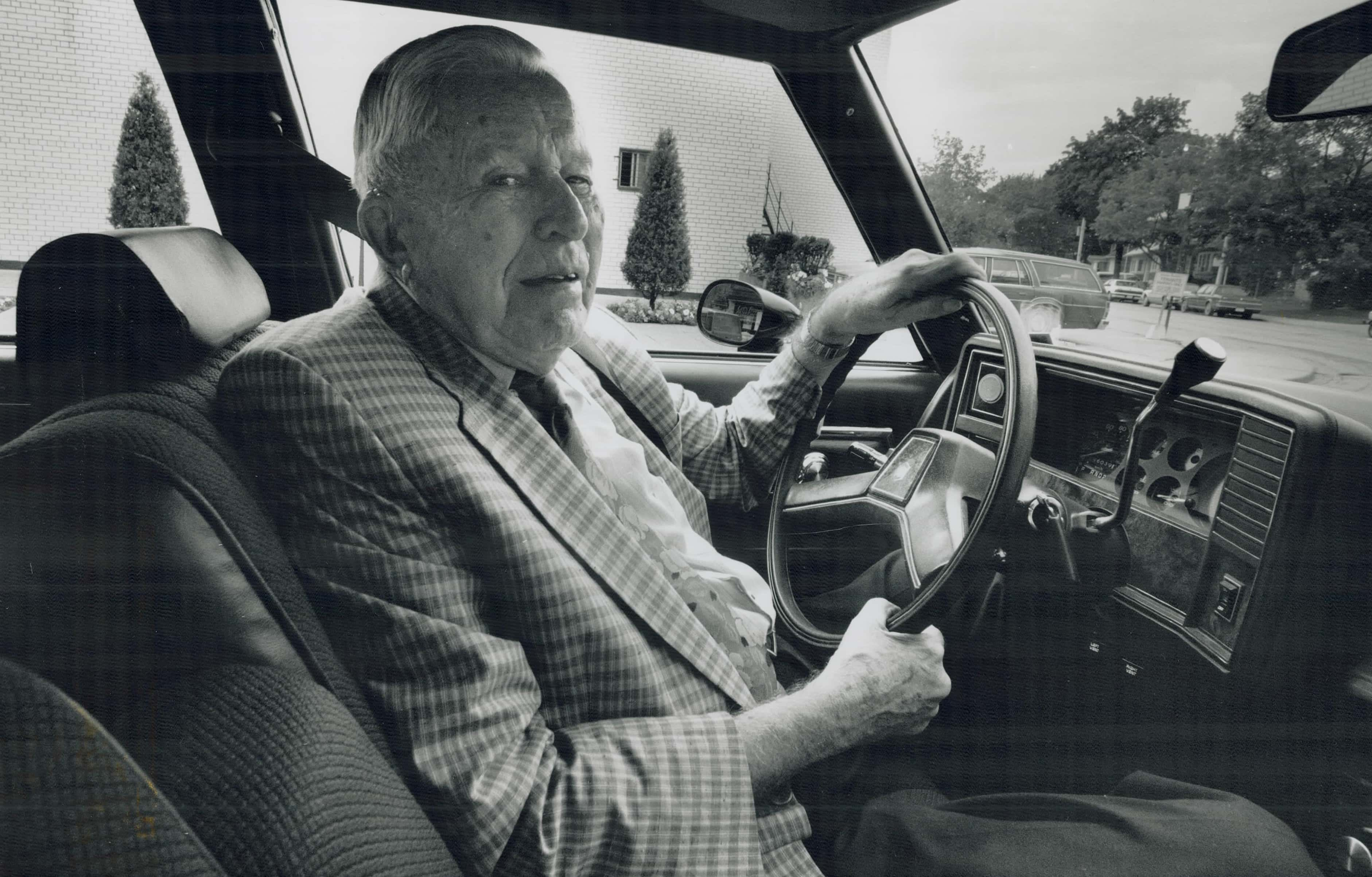
Robert McLellan
22. Erase the Border!
One of James’ biggest ambitions was to unite England and Scotland into one single entity. He argued that God had made it so that the two nations were naturally side-by-side for a reason. James styled himself King of Great Britain. As anyone could imagine, this was opposed by many in Scotland and England. The English Parliament refused to support James in this vision.

21. Life Cut Short
Three of James and Anne’s children—Henry, Elizabeth, and Charles—would survive to adulthood, but Henry would die of typhoid fever at just eighteen years of age.
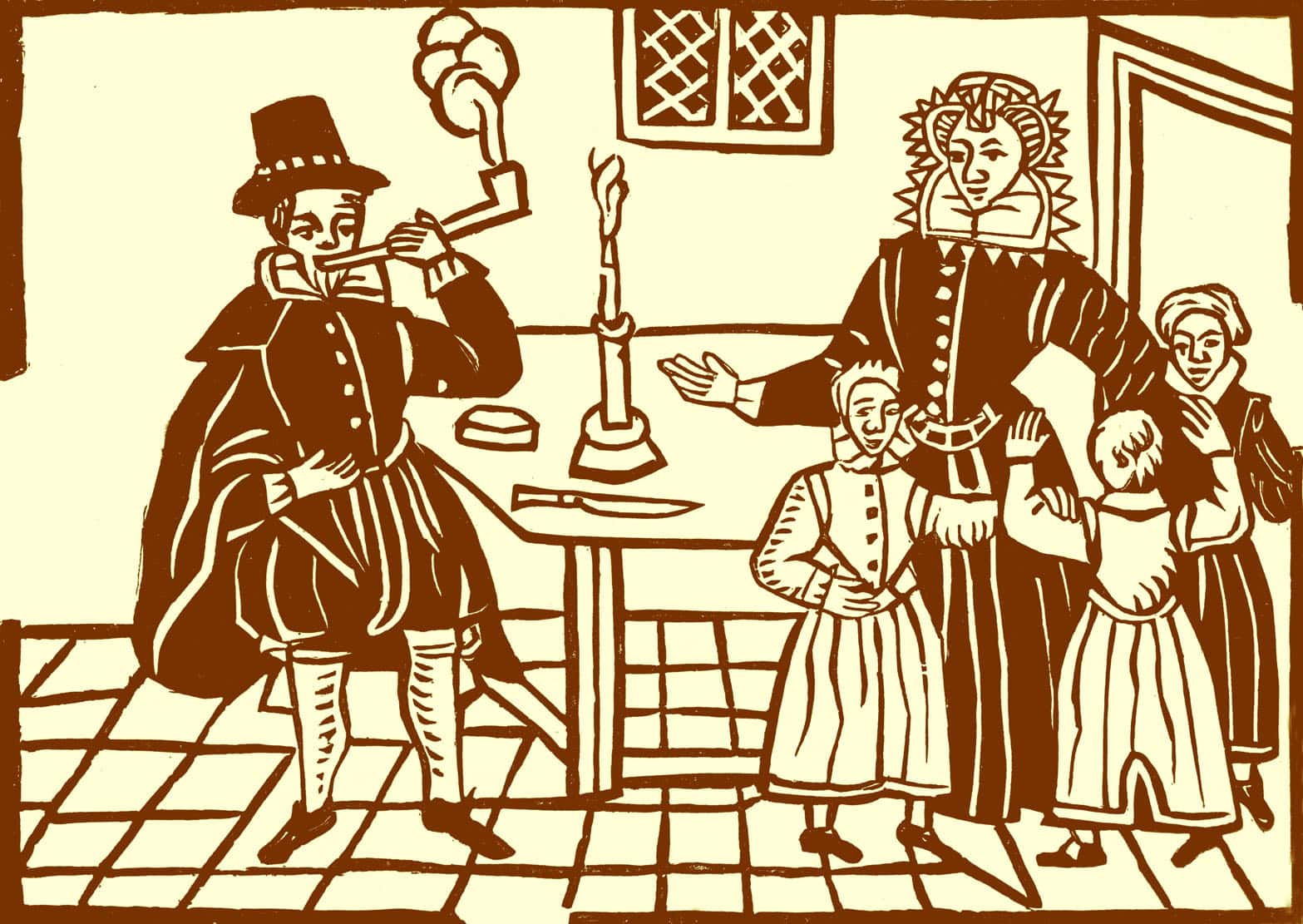
20. This Sounds Like a Wacky Room Mate Sitcom!
For a long time, it wasn’t known where exactly James’ tomb lay, though it was known that he had been buried in Westminster Abbey. It wasn’t until the 19th century when an excavation discovered James’ coffin in the vault of Henry VII.
19. Blood on the Horizon
Over the course of James’ rule as King of England, his relationship with Parliament soured. His troubles with finance and their refusal to play ball over the union of Scotland and England led him to frequently dissolve Parliament, sometimes for years. This would carry over to Charles I’s reign, leading to the royal family and Parliament tearing England apart in the bloody English Civil War.
18. A Long-Lasting Legacy
James was king when the first major English expeditions were launched towards the New World, as they called it. With the founding of Jamestown in Virginia and Cuper’s Cove in Newfoundland, England would spend centuries fighting other European powers for control of North America.
17. Alan Moore’s Muse
One group of people who felt left out during King James’ rule were the Catholics. They continued to be persecuted under James, which eventually led to the infamous Gunpowder Plot. The dissident Guy Fawkes attempted to blow up Parliament on the 5th of November 1605, but the plot was discovered and stopped by James’ supporters. Fawkes would be immortalized in pop culture, especially with the graphic novel, and subsequent film, V for Vendetta.
 Gunpowder
Gunpowder
16. Not Exactly How I Planned This…
The Gunpowder Plot would lead James and Parliament to double down on the oppression of Catholicism in England An Oath of Allegiance was introduced, which everyone had to swear. Among other things, the Oath renounced the idea that the king was subservient to the pope.
15. A Guide to Being King
While he was King of Scotland, James wrote two books on the subject of kingship. The first one, The Free Law of Free Monarchies, featured James’ thesis that kings have the divine right to rule (this kind of thinking would later seal his own son’s doom following the English Civil War). The second book, Basilikon Doron, was written by James for his son and heir, Henry, on the subject of ruling, presumably while including a few dad jokes here and there.
14. “Welcome to England, Pocahontas”
It was during James’ reign as King of England that the Indigenous woman known as Pocahontas was brought to the English court. This famous incident has been portrayed several times in such films as Terrence Mallick’s The New World and in Disney’s direct-to-DVD film Pocahontas II: Journey to the New World.
 Pocahontas II
Pocahontas II
13. Autumn Years
By the time he reached middle age, James was wracked with “arthritis, gout, and kidney stones.” It didn’t help that he was a heavy drinker, especially as he got older. Not only that, James had lost most of his teeth by the time of his death. So much for aging gracefully.
12. Elizabeth Vs. James
Due to James’ reserved and scholarly character inheriting the throne from such a forceful and action-oriented person as Elizabeth, a scathing joke emerged during James’ reign. The joke was in Latin, but translated, it declared, “Elizabeth was King, now James is Queen.” Ouch… Sexist, but ouch...
10. Problems for the Future
After taking the English crown, James only visited Scotland once, in 1617 (so much for those every-three-years visits, eh, Jimmy?). The visit was hardly cordial: James was determined to reform the Scottish Church so that it was more similar to the English one. Although James was successful in forcing through his reforms, the bad blood would later come into play during the rule of Charles I.
9. The End
James died on the 27th of March 1625 while he was sick with dysentery. He was 58 years old. His wife, Anne of Denmark, had died in 1619.
8. Religious Impact
Arguably the most lasting contribution of James’ reign was the introduction of the Bible which still bears his name. Due to various translation issues which had emerged over the years, a new version was completed to make a final draft, such as it was. It was initially called the Authorized King James Version, but most know it now as the King James Bible.
7. The King and the Playwright
James wasn’t the only one who drew an interest in the North Berwick witch trials. In an effort to curry favor with his new monarch, William Shakespeare used said trials as an inspiration for one of his most famous plays: Macbeth.
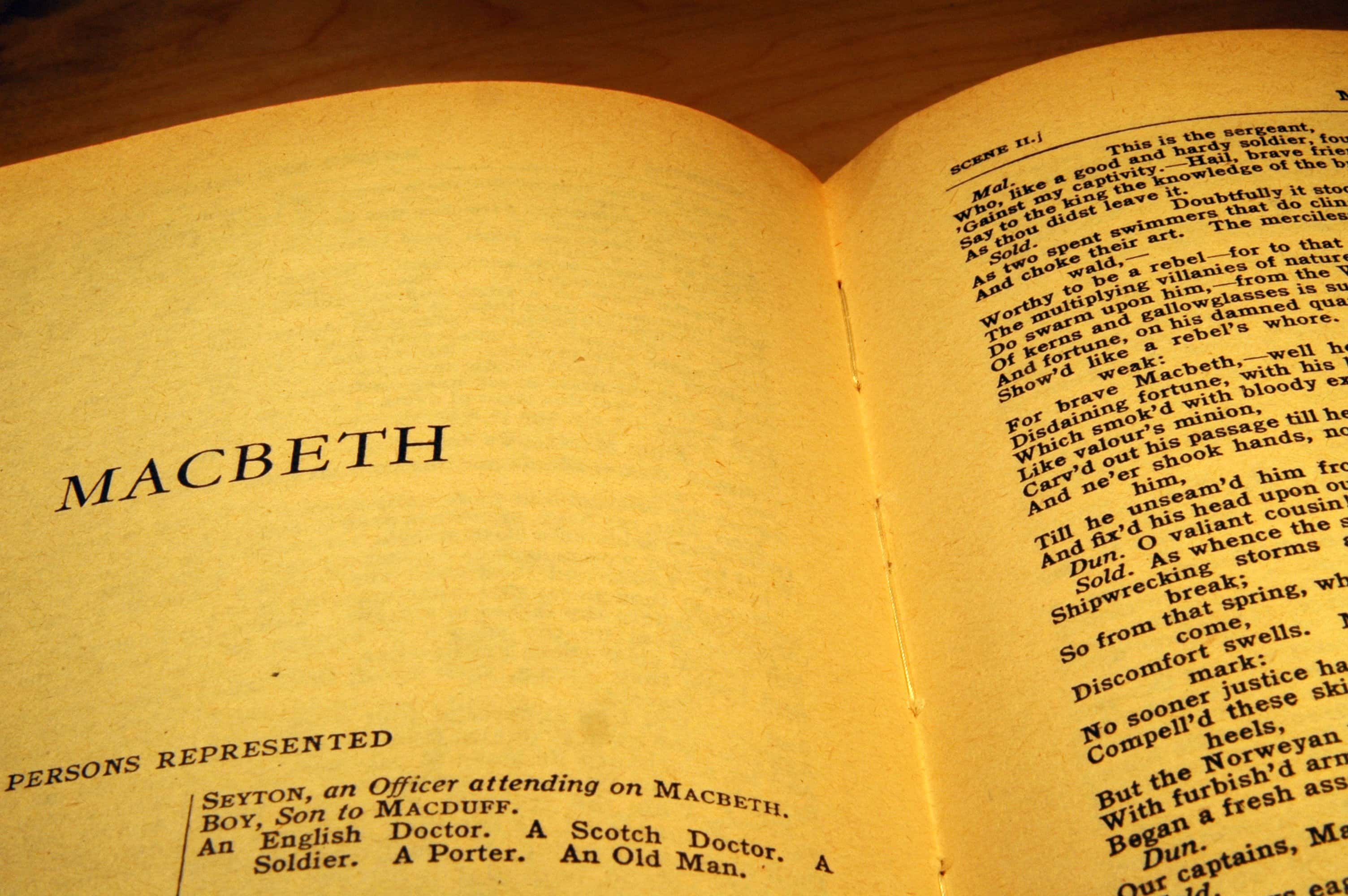
6. Bill the Brownnoser
We can’t stress enough just how hard Shakespeare tried to flatter James with Macbeth. In Act 4, Macbeth is confronted by the ghost of Banquo (whom Macbeth had ordered killed). Banquo mocks Macbeth by revealing a parade of eight future kings who are Banquo’s descendants. A mirror is also brought out to reveal yet more kings. However, try and guess which royal descendant of Banquo would have been sitting in the audience during Shakespeare’s time? If positioned right, that mirror would have reflected that ruler for Macbeth to see as he made his soliloquy. Spoiler alert—it was James!
 Gunpowder, Treason & Plot
Gunpowder, Treason & Plot
5. That King Signs My Cheques!
To be fair, it isn’t hard to understand Shakespeare’s brownnosing. When James first arrived in England, he honored Shakespeare by giving the title “King’s Men” to his theatre troupe. This was before that term was associated with Colin Firth in an eyepatch!
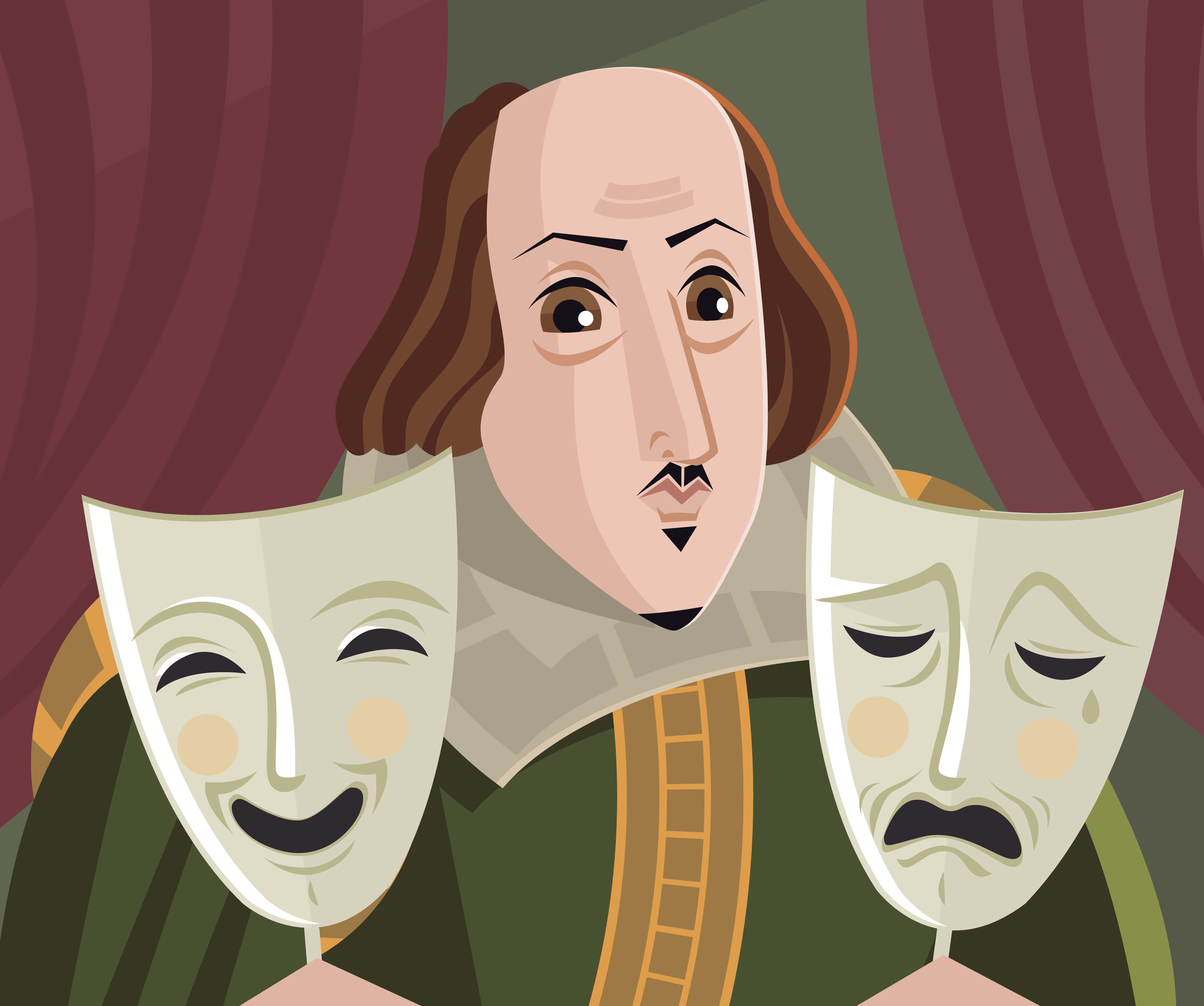
4. Burn the Witch!
While visiting his wife’s country of Denmark, James gained a lifelong passion for the subject of witchcraft. It was this interest which led James to personally go to the North Berwick witch trials of 1590. He would also write Daemonologie, a 1597 dissertation on the threat of witchcraft and the dark arts. Certainly a great use of his time, not like he had anything else to be doing.

3. They Killed My Mother. How Strange of Them.
When James’ mother, Mary Queen of Scots, was executed by the English in 1587, James was twenty-one years old. He denounced the “preposterous and strange procedure” which led to his mother’s death. However, that’s about all he did. He took no actions against England. To be fair, he was probably playing nice so that he would be able to inherit the throne of England from Elizabeth. Does that count as revenge?
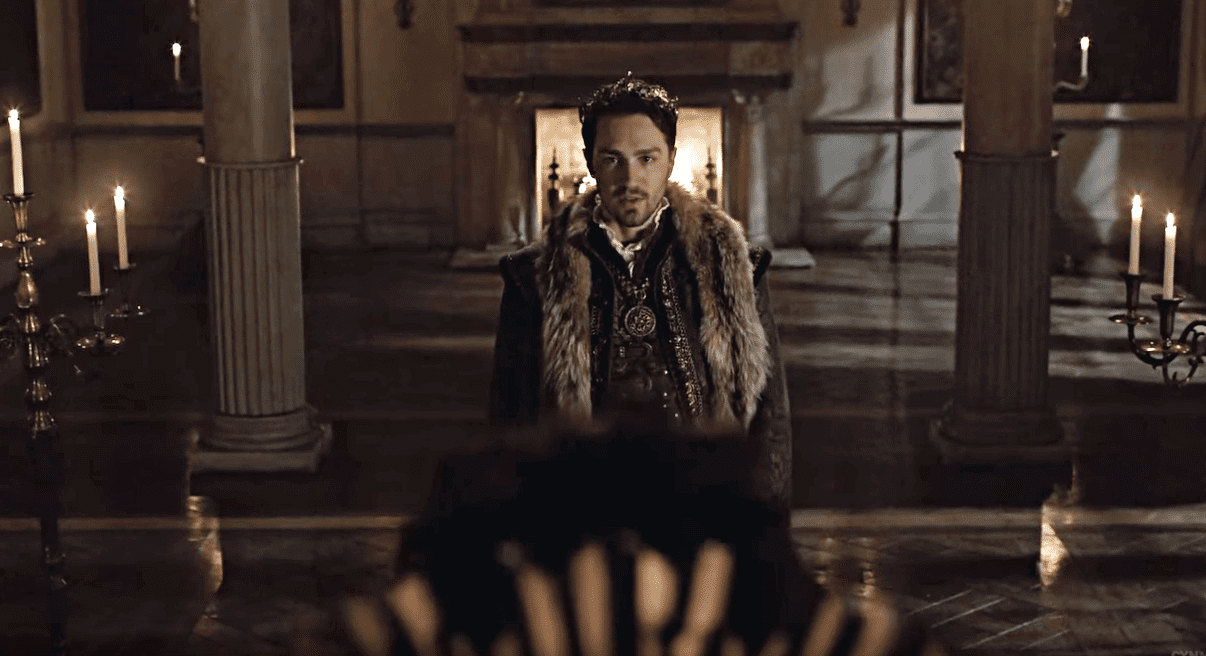 Reign
Reign
2. Stuart and Stewart
There is much speculation about James’ sexual orientation. As a young man, James did not show much interest in female company. On the contrary, his close association with Esmé Stewart (better known as the Earl of Lennox) caused many, even at the time, to suspect that there was something going on between them. In the summer of 1582, James was imprisoned by his own nobles while they forcefully exiled Lennox.
1. Come Out, James!
James continued to have several male favorites in his court after his marriage to Anne and his beginning a family with her. While Esmé Stewart was the first one, there was also Robert Carr and George Villiers. Many historians and biographers have examined the evidence and concluded that James did have sexual relations with these men. Others, meanwhile, point to James’ strong condemnation of sodomy in his prose writing and his wife’s pregnancies as evidence against James being gay, or even bisexual.
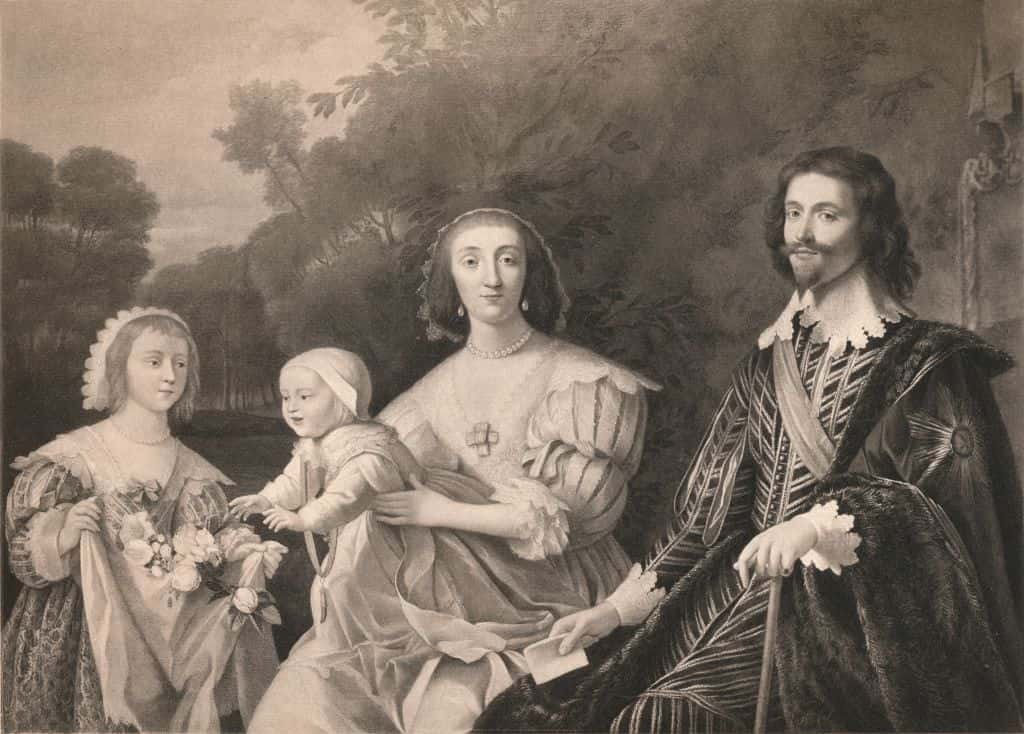
George Villiers and family

